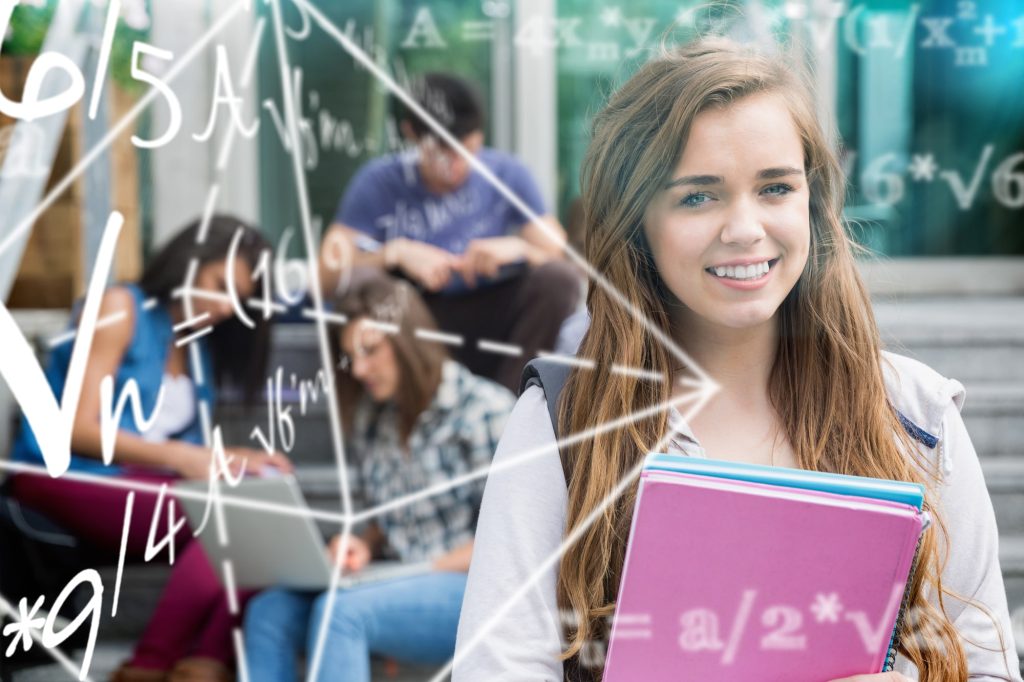
How Does IB Check for Plagiarism and AI?
One of the things you might be most worried about when you’re writing an Internal Assessment or extended essay is how does IB check for plagiarism. Over the years, I’ve worked with many students, and I can say that the IB really values academic honesty. But what tools and methods does the IB use to make sure your work is original?







